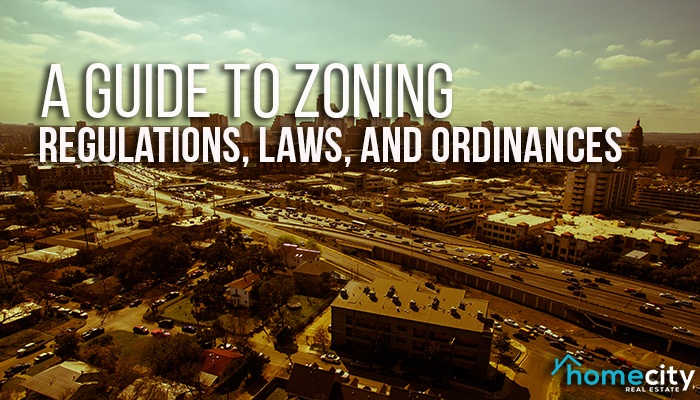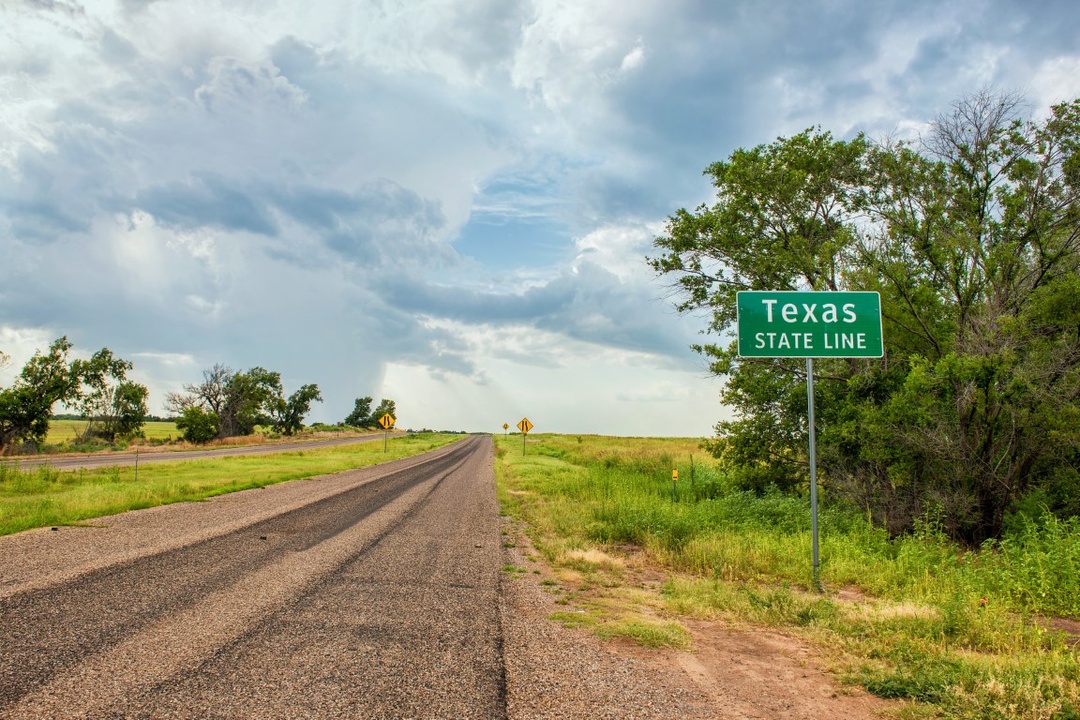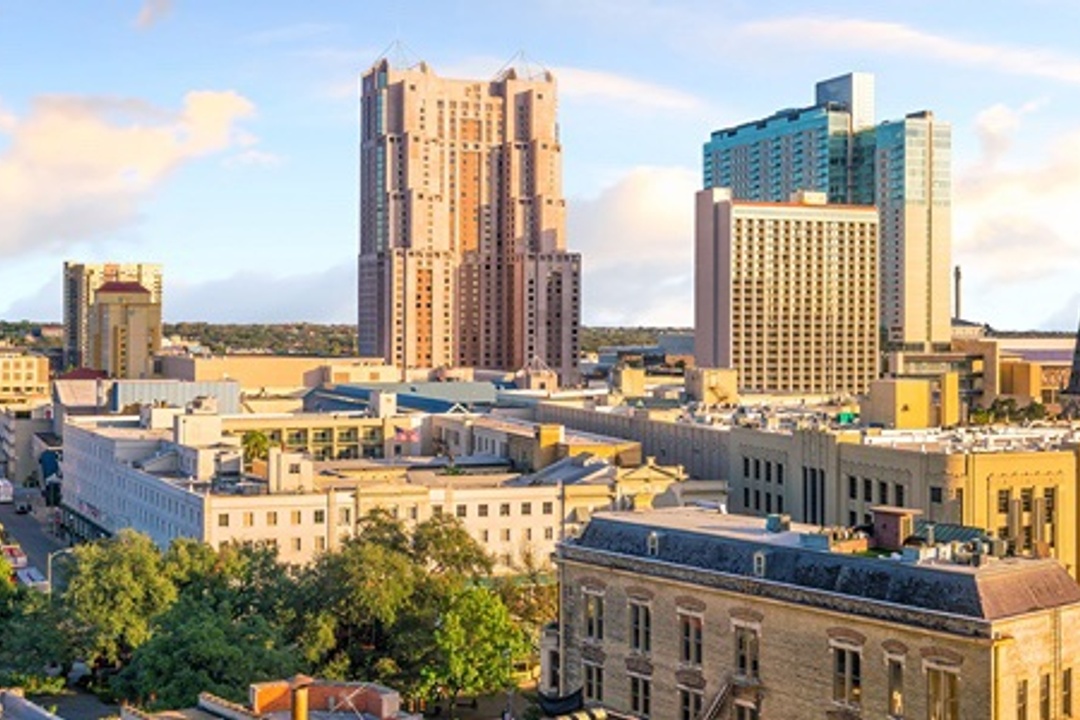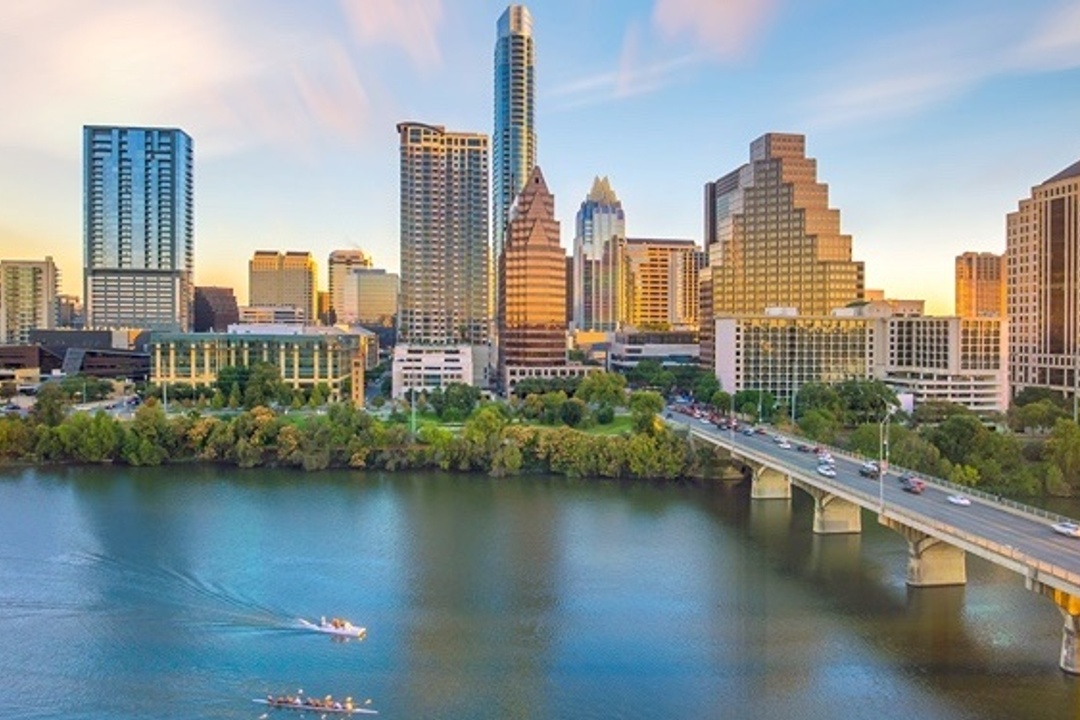
Zoning Laws in Texas
Austin, Dallas, and Houston, the three most recognizable cities in Texas, all a part of the “Proud Texan” heritage but after that, the similarities seem to end. You can search all day and find people arguing over which city you should live in, sometimes people even throw in San Antonio (technically the second largest city in Texas), but all over the internet, you’ll see the same old arguments for each city. HomeCity is unique in that we specialize in real estate for both Austin & Dallas, and while you may find some of us arguing the finer points of Cosmopolitan vs. Community the one thing we both seem to agree on is that Houston has completely forgotten is zoning. While Houston may have abandoned zoning almost completely, Austin and Dallas have taken two very unique paths when it comes to your land use rights.
Essentially Zoning is the way a city sets up its land-use directives while telling the owners of the land what they can and cannot establish regarding buildings, offices, or businesses. The small Texas town of West brought zoning into our minds in early 2013 when a fertilizer plant exploded less than 100 feet from a housing edition and middle school, a tragedy easily prevented by stricter zoning regulations. But how exactly does zoning affect our daily lives and how are the differences between Austin and Dallas affecting the residential growth of each city?
First, it’s important to start with the basics of zoning; both cities have departments within our government known as the Planning, Zoning and Development departments. Both cities (Dallas / Austin) offer surprisingly easy to navigate websites with links to helpful applications and FAQ’s that are well organized and almost complete. Each city takes their own convoluted way to help you navigate the intricacies that go along with zoning or rezoning any land you may own.
“Don’t get me wrong, the city of Dallas is making strides to implement more green development, but when it comes to getting the zoning permits, it can be hell,” said one Dallas City Hall employee who wished to remain nameless for this article. “It’s ridiculous really, you own this land, you want to put a community garden on it but after eight months of planning and waiting and filing paperwork, the city denies your permit and says you don’t meet zoning requirements, and it’s up to you to figure out why.”
If you plan to rezone your property in Dallas, the first thing you need to do is check the schedule. If this looks a little confusing, it’s because it absolutely is. You’ll also notice that the staff can just deny to accept you on the two days each month when you can submit for pretty much any reason “the complexity of the case, the staffing levels, etc.” The wait isn’t exactly easy either. Let’s say you submitted your paperwork on 6/13/16 and everything, absolutely everything, was in order; you won’t get your final decision until three months later and again this schedule can and does change depending on how many cases are in front of you.
Austin isn’t much better, the zoning and land use rights there are also a bit murky. Though they do not have the same stringent schedule or color coded bureaucracy, there is a very explanatory 19-page document that you can download to see that a decision will take around 4-7 weeks depending on case load. They do however assign you a case manager, or you can visit clerical staff Monday through Friday from 9 am to 12 pm (they do encourage you to make an appointment as well).
"Zoning is incredibly complex in the City of Austin. There are base zoning districts, zoning overlays, conditional zoning overlays, and conditional land uses that will regulate building setbacks, building heights, allowable uses, parking requirements, and impervious cover limits. On top of that, there are watershed regulations that can impose stricter rules related to impervious cover, cut and fill limits, and construction on slopes than the zoning regulations themselves. Often times regulations are in conflict,” said Will Schnier, Austin CEO of BIG RED DOG and engineering and consulting firm with offices in Austin, Dallas, Houston and San Antonio. “It is imperative to conduct a proper level of due diligence on the applicable building and zoning regulations for your project before committing significant resources and time to your project. Beware that a self-study of regulations online typically won't be sufficient in the city limits. The City of Austin Development Assistance Center is a good place to start and is a free resource for citizens. More complex projects may need the opinion of a qualified and local civil engineer and even a land use attorney that is well versed in the city regulations."
The cities have both tightened restrictions in the last few years but even so, it’s interesting to see the way that each has broken out their specific Permitted Use Charts. Austin’s seems to have an endless supply of titles where you fall under five main categories. Residential, Commercial (the largest), Industrial, Agricultural and finally Civic. Of all of these categories, it seems only two specific uses both fall under Agricultural into the ALWAYS permitted category, Urban Farms & Community Garden.
Dallas, on the other hand, has a much shorter list of categories with the most recent addition being mixed use, but still there are multiple restrictions and considerations even within the newly defined category. The Dallas list of permitted uses and zoning district standards is a bit more complete in that it has all of the requirements listed in just the basic two (2) page document. But even if you meet all of the requirements Dallas has listed be prepared to hear the words no often enough, as the city often takes into account traffic requirements, and these can be even harder to navigate as studies must be provided on your impact on current traffic.
Finally, when looking to rezone your property or just get it zoned by the city in the first place, you need to take into account the sheer cost. Dallas has a much higher and stricter code when it comes to filing, plus they take signage very seriously! Included in your basic packet is the Zoning Fee/Sign Schedule, which gives you some very specific provisions of what you need to do should you plan to change anything. Austin is less concerned about your signage and simply requires you pay them for the flat rates they’ve assigned. However, you need to make sure that you aren’t in one of the historic districts or preservation districts because that changes everything.
After reading this you may be wondering, what HomeCity suggests when it comes to zoning in either of our favorite Texas metros? While the websites may be helpful and provide an overwhelming amount of data, zoning laws are just that, overwhelming. If you plan any new projects or developments, we suggest speaking to some of the land use lawyers out there. Austin and Dallas may be very different cities, but when it comes to how their finite resources of land are used, you’ll find that both are tenacious in their regulations. While some might think these restrictions are violations of their rights, others are glad they’re in place to prevent deadly tragedies like the West, Texas plant explosion.










